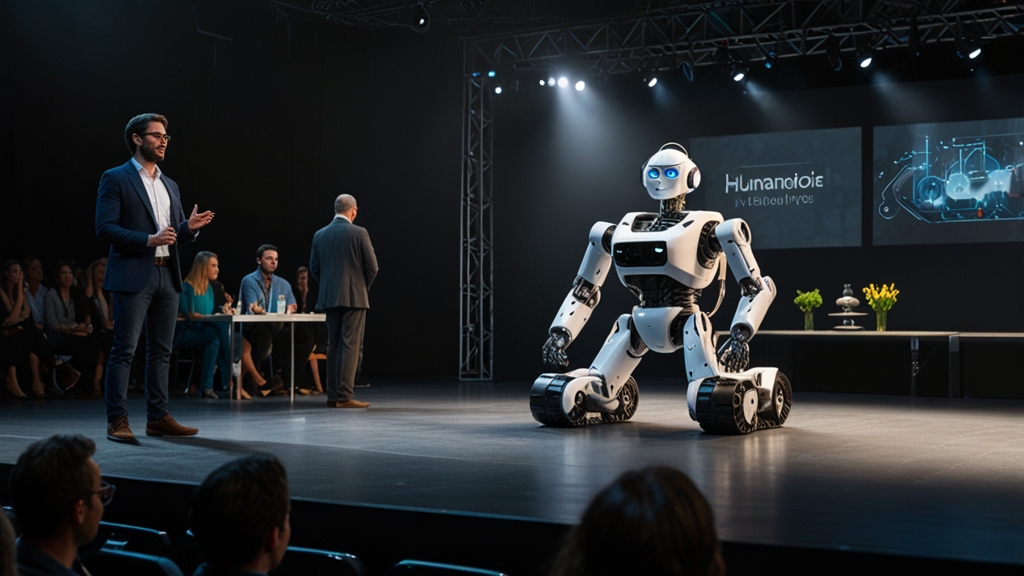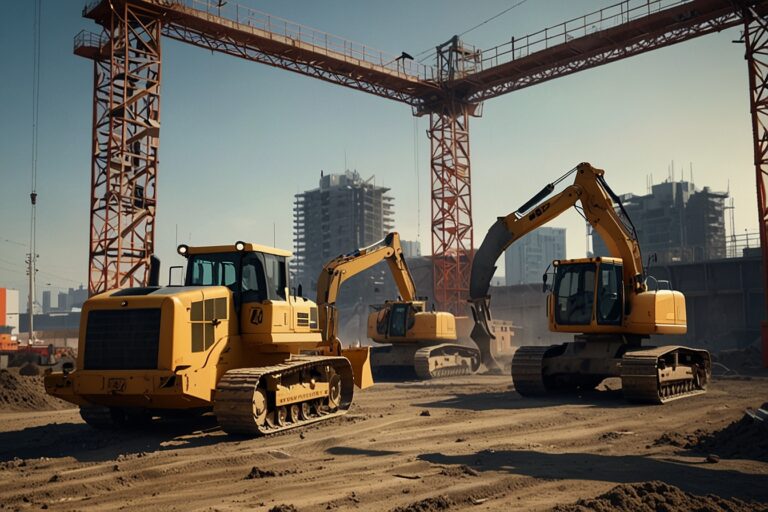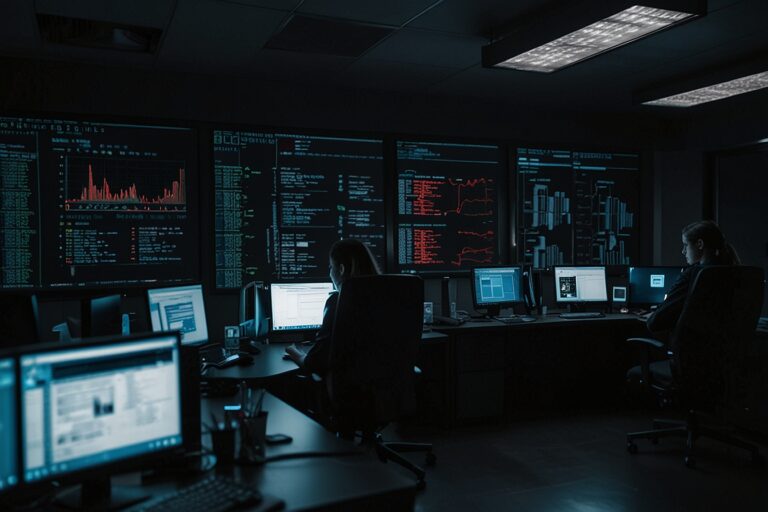
TL;DR
- TechCrunch Disrupt 2025 returns to Moscone West, San Francisco, from October 27–29, bringing together 10,000+ startup and VC leaders.
- A headline session on the AI Stage will explore the future of AI hardware, focusing on humanoid robots and autonomous vehicles (AVs).
- Featured speakers Jeff Cardenas (Apptronik) and Raquel Urtasun (Waabi) will give live demonstrations and share insights into simulation, embodiment, and scalable AV systems.
- The session emphasizes how AI hardware is evolving into the interface between intelligence and real-world action, reshaping robotics and mobility.
AI Hardware Becomes the New Frontier
As generative AI continues to transform software and services, the physical layer of AI — hardware systems that sense, move, and act — is entering the spotlight. At TechCrunch Disrupt 2025, a pivotal session will focus on the intersection of AI, robotics, and autonomy, showcasing how embodied intelligence is moving from simulation to field-ready deployments.
The three-day event, hosted at Moscone West in San Francisco from October 27 to 29, will convene over 10,000 founders, investors, and technology executives to dissect what’s next in innovation.
The Data
| Event | TechCrunch Disrupt 2025 |
| Location | Moscone West, San Francisco |
| Dates | October 27–29, 2025 |
| Featured Session | Future of AI Hardware – Humanoids & AVs |
| Speakers | Jeff Cardenas (Apptronik), Raquel Urtasun (Waabi) |
| Key Topics | Robotics, Autonomous Vehicles, Simulation, AI Hardware |
| Registration | Register here |
| Early-Bird Discount | Save up to $675 on passes |
Apptronik’s Jeff Cardenas: Human-Centered Robotics
Jeff Cardenas, co-founder and CEO of Apptronik, leads one of the most ambitious efforts in humanoid robotics. Apptronik focuses on developing machines that are not only technically capable but also commercially deployable in real-world environments.
The company’s robots are designed to work safely and intelligently alongside people in settings ranging from logistics to manufacturing and defense. With strategic partnerships with Google DeepMind, Nvidia, and Mercedes-Benz, Apptronik is bringing practical robotics into industry at scale.
Cardenas will speak on how hardware interfaces — from actuators to sensors to embedded intelligence — are driving rapid evolution in robot autonomy and utility.
“We’re building machines that will one day become as common as smartphones,” said Cardenas in a recent interview.
Waabi’s Raquel Urtasun: Redefining AV Scalability
On the other side of the embodied AI spectrum, Raquel Urtasun, CEO of Waabi, is redefining how autonomous driving systems are trained and deployed. Her approach fuses high-fidelity simulation with deep AI model optimization, delivering AV stacks that are faster to test, cheaper to scale, and easier to maintain.
Urtasun, a former chief scientist at Uber ATG and one of the most cited AI researchers in the world, will discuss the need for AI-native hardware platforms in the AV space. Her talk will cover Waabi World, the company’s closed-loop simulation system that enables real-time testing and learning for AVs.
“Autonomous systems must adapt in simulation before they scale in reality,” Urtasun has emphasized in past public forums.
Why AI Hardware Is Central to the Next Wave
Software may be eating the world, but without hardware to bridge AI and reality, the physical transformation of industries — logistics, healthcare, construction, energy — will stall.
The session featuring Cardenas and Urtasun will outline how:
- Humanoids are transitioning from lab-bound concepts to operational systems
- Autonomous vehicles are accelerating toward cost-effective deployment
- Hardware advancements in sensors, energy systems, and edge AI are enabling real-time responsiveness
- Simulation-to-reality pipelines reduce risk and time to market
Attendees will see live demonstrations, hear technical walkthroughs, and gain insight into designing AI systems that act, not just predict.
From Research to Market: Scaling Intelligence in Machines
What makes this session particularly relevant is the convergence of academic breakthroughs with market-driven execution. Both Cardenas and Urtasun have strong research pedigrees — and are now scaling startups that demand real-world ROI.
Their presence at Disrupt 2025 reflects a broader shift in the AI industry: hardware-enabled applications are where many next-generation AI companies are expected to generate profitable, defensible value.
Where Robotics and Autonomy Intersect
Autonomous delivery robots. Construction assistants. Medical transport AVs. Exoskeletons. These are no longer moonshots—they are product categories in formation.
At TechCrunch Disrupt 2025, this session will draw a map of how foundational AI hardware is enabling these use cases by solving:
- Dexterity in dynamic environments
- Spatial reasoning in complex terrain
- Energy constraints in untethered systems
- Perception fusion from multiple sensor modalities
Whether in human-shaped machines or vehicle-scale platforms, AI hardware is emerging as the interface layer between cognition and actuation.
Final Thoughts: Don’t Miss the Hardware Moment
As the AI arms race heats up in language models and software services, this Disrupt session offers a critical reality check — intelligence needs a body. And that body needs to sense, move, and survive in the real world.
Cardenas and Urtasun aren’t just talking about that future — they’re building it.
Catch their joint session on the AI Stage at TechCrunch Disrupt 2025, happening October 27–29 in San Francisco. This conversation will shape how investors, builders, and policymakers think about AI’s physical future — and where the next $100B category could emerge.






